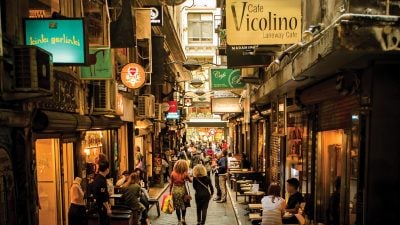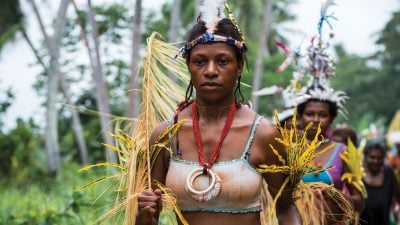
Exploring the World of Martial Arts on a China Vacation
China has long been synonymous with martial arts (wushu). Whether stories about the monks of the ancient Shaolin Temple or movies featuring Bruce Lee or Jackie Chan, martial arts have loomed large over the popular imagination for hundreds of years. As a practitioner of Chinese martial arts – specifically northern long fist (changquan) – I would be sure to prioritize visiting the main sights of Chinese martial arts on a trip to China. Luckily, there are many opportunities to engage with this ancient and invigorating heritage on a China vacation.
You can visit the original Shaolin Temple, the mythological birthplace of martial arts. You can practice Tai Chi alongside plucky seniors in city parks and squares in Beijing or Shanghai. You can learn from monks and marvel at some of the greatest sites in Buddhism and Daoism. Best of all, these sights are not confined to one city or province. No matter where you go in China, you’ll encounter some form of wushu.
The Mysterious Origins
There are many divergent theories about the origin of martial arts in China. Basic martial arts have been practiced in China for all of history, however, these practices weren’t in the forms they appear in today until during the Ming (1368-1644) and Qing (1644-1911) dynasties. For instance, the Han History Bibliographies, from the Han Dynasty (206B.C.-220A.D.), mention boxing (shoubo) as a mandatory skill for soldiers. However, there’s no detailed discussion of technique, so this hardly counts as a mention of martial arts as we envision them.
The first historical mentions of true martial arts appear in the Spring and Autumn Annals around the fifth century B.C. The Annals mention internal (neijiquan) and external (waijiquan) methods of martial arts, which are key concepts within Daoist and Buddhist self-cultivation methods. However, beyond historical accounts, gods and divine warriors are usually attributed with originating martial arts. Every tradition has its own legendary origin. For instance, Tai Chi (taijiquan) attributes its origins to Zhang Sanfeng, a mythical immortal from around the 13th century. The story goes that Zhang Sanfeng saw a crane fighting a snake and was struck by their perfect embodiment of yin and yang. Inspired by the crane and snake, he modelled a fighting style after them.

The Mythical Birthplace of Wushu
No matter which legend you consult, the Shaolin Temple usually comes into play. According to Buddhist mythology, Bodhidharma, a wandering Buddhist mystic, arrived at the Shaolin Temple around 525A.D. He passed on the notion of Zen or Chan Buddhism and taught the monks how to do combat with advanced fighting techniques known as Shaolin fist (Shaolinquan).
Although the story about Bodhidharma and the Shaolin Temple didn’t arise until the 17th century, the monks at the temple did engage in combat during the many lawless periods from the 6th century onward. As well, there is an actual Shaolin Temple that retains its incredible mystique. You can visit the original Shaolin Temple on your China vacation. It is located between Zhengzhou and Luoyang in Henan Province, around five hours east of Xi’an. You’ll be able to witness a demonstration of Shaolin martial arts while there and pick up a tip or two on how to cultivate your body and defend yourself, should the need arise. Stroll through the nearby pagoda forest to get a sense of Song Mountain’s sacred energy.
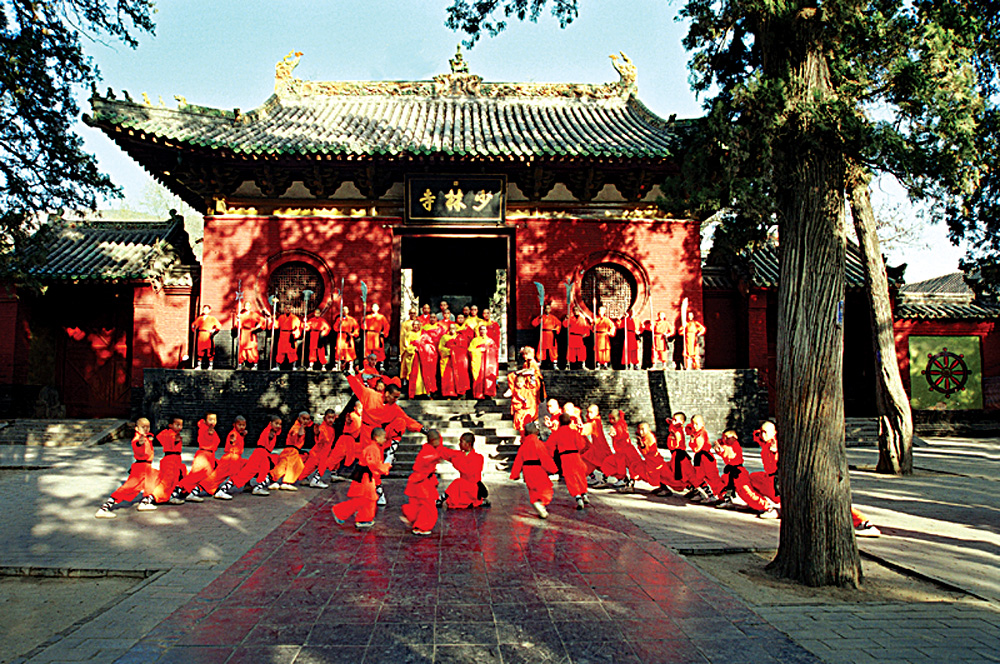
The Sacred Centres of Martial Arts to Be Explored on Your China Vacation
Although the Shaolin Temple is the most famous site related to martial arts, there are many other sites you’ll find on your China vacation that hold legendary status within the history of martial arts. All of these sites are religious centres, as martial arts developed in conjunction with religious orders and practices.
The Wudang Mountains in Hubei province are the birthplace of Tai Chi. As previously mentioned, the immortal Zhang Sanfeng developed Tai Chi after seeing a crane fighting a snake, and he happened to reside on Mount Wudang. You can see a statue of Zhang when you visit. The mountain is also dotted with Daoist temples and scenic routes and is often draped in cloud, giving the area the sort of mystical atmosphere that fits perfectly with the classical legends. You can also take in demonstrations of Tai Chi at the Wudang Daoist Traditional Internal Kung Fu Academy, which continues Zhang’s legacy of Tai Chi practice.
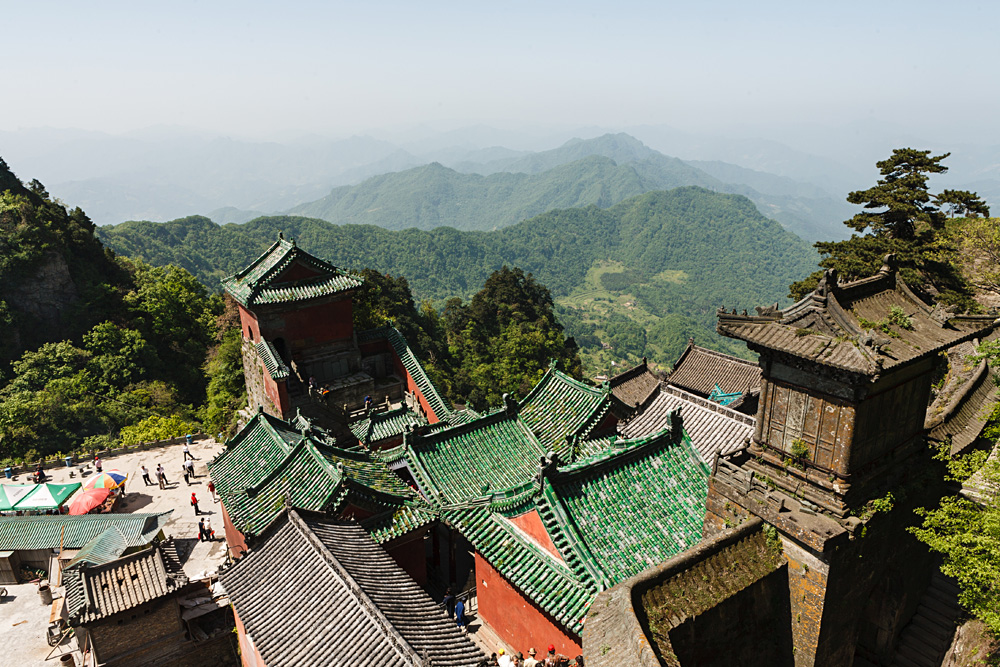
Mount Qingcheng, in Sichuan Province, is also home to mystical Daoist temples and forest-capped peaks. It is one of the most important mountains in Daoism, serving as one of the major sacred mountains. In pop culture, it served as the basis for the main temple in the Kung Fu Panda movies, so if you visit, on your China vacation, you might recognize the temple design. The mountain and temples have had UNESCO World Heritage status since 2000 and receive lots of keen visitors. A nearby panda park adds to the appeal.
Also in Sichuan is Mount Emei, one of the four sacred mountains in Chinese Buddhism. The mountain was the birthplace of Emeiquan and martial arts have been practiced here since the 16th century. You can visit the many temples on the mountain, including some of the oldest Buddhist temples in all of China, as well as marvel at the incredible cloud-wrapped landscape.
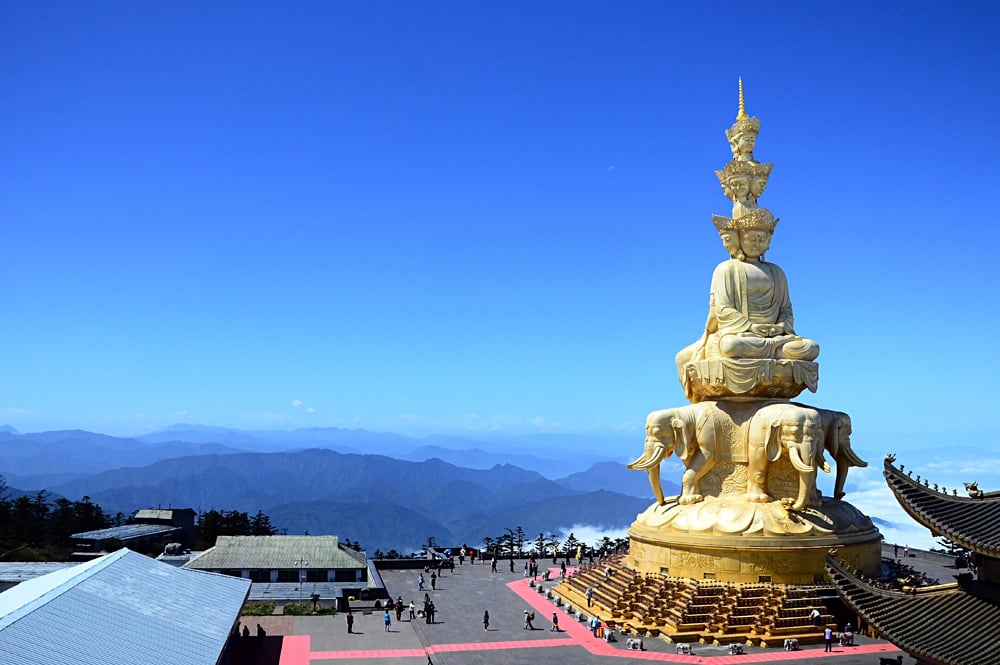
The Martial Arts Rebellion
Since the 16th century onward, martial arts have played an important role in Chinese history. No historical episode better exemplifies this than the Yihequan Movement or Boxer Rebellion from 1899 to 1901. Spurred on by drought and colonial expansion from western powers, an uprising of northern Chinese led by the Righteous and Harmonious Fists (Yihequan) arose to fight foreign powers and drive them out of the country. The westerners dubbed these rebels “Boxers” because they often fought with their fists, demonstrating Chinese martial arts prowess to western cultures for the first time. The Boxer Rebellion was incredibly violent and the uprising was eventually defeated by a foreign expeditionary force, comprising British, Japanese, German, Russian, and American forces, which extended colonial influence on China.
As the Boxer Rebellion took place in Beijing, the northern capital is the best place to see sights associated with it, such as the Forbidden City, China’s ancient imperial palace. While the Forbidden City is essential viewing for any Globetrotter heading on a China vacation, the palace also holds importance to the Boxer Rebellion and martial arts. At the Forbidden City, you can see where the Manchu Emperor held court, as well as where the Empress Dowager Cixi prepared to flee the foreigner army, after encouraging the rebels during the Boxer Rebellion.

Head to the Temple of Heaven to see where British soldiers disgraced the sanctity of the temple, while stationed in Beijing, and to witness how the temple has been restored to its former glory. You might even spot some young men practicing wushu in its precincts. Stroll down Tai ji Chang (formerly Canal Street) and Dong jaio min xiang (formerly Legation Street) to see where foreigners used to make their home in Beijing and where much of the rebellion fighting was concentrated.
After taking in some of the sights of the Boxer Rebellion, head to the Beijing Red Theatre to watch a martial arts show. Traditional Chinese theatre and opera has a long history of incorporating martial arts into performances, so taking in a show on your China vacation is an ideal way to see a grand display of martial prowess.
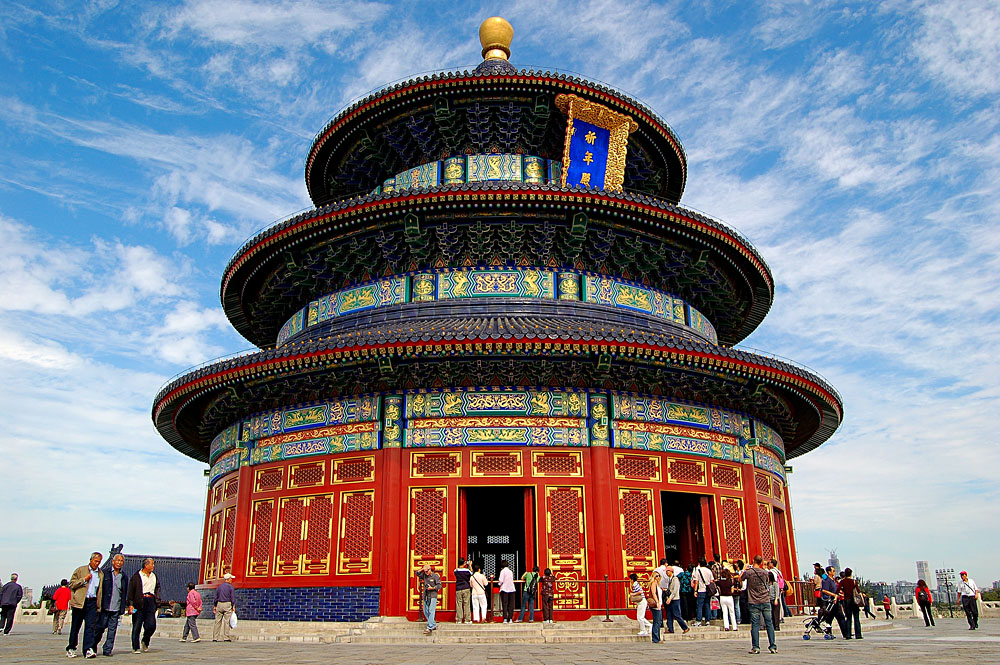
A Legacy on the Silver Screen
Chinese martial arts might have their root in religion, but nowadays, they’re best embodied by the movies that are adored across the globe. Films starring Jackie Chan, Jet Li, Michelle Yeoh, and Donnie Yen have been embraced the world over, turning Chinese martial arts into an international obsession. Kung fu cinema grew out of the high-spirited theatrical productions that highlight martial artists in Beijing and Shanghai. However, it took a superstar to make kung fu movies iconic. That superstar was Bruce Lee.
Bruce Lee is synonymous with kung fu. The son of a prominent Chinese opera star, Lee grew up in San Francisco and Hong Kong, training under the famed Wing Chun master, Yip Man or Ip Man (forever immortalized in the recent Donnie Yen movies). He became a movie star with his four seminal kung fu movies, The Big Boss, Fist of Fury, The Way of the Dragon, and Enter the Dragon, before dying an accidental death at the age of 32. His films, especially Enter the Dragon, ignited a global fever for martial arts pictures and gave birth to what we know of as Kung Fu Cinema.
As most kung fu movies were shot in Hong Kong, that city remains the best place to visit if you want to engage in this cinematic legacy. You can take a picture with a statue of Bruce Lee along the Avenue of Stars near the waterfront at Tsim Sha Tsui. Then you can visit Bruce Lee’s old school at the Yip Man Martial Arts Association, run by a contemporary of Bruce Lee and fellow student of Yip Man, Master Sam Lau. You can visit the Hong Kong Heritage Museum for another look at Bruce Lee and martial arts cinema as a cultural phenomenon.

Martial arts will continue to be associated with China long into the future, and a China vacation offers a perfect opportunity to engage with this rich heritage. Every corner of China has a unique relationship to martial arts so no matter where you go, you’ll encounter a fascinating style of this legendary tradition.
Get more travel inspiration by email.
Subscribe
0 Comments

Get the latest travel trends & hear about the best deals on vacations around the world.
If you’re a Globetrotter, these are the newsletters for you!
